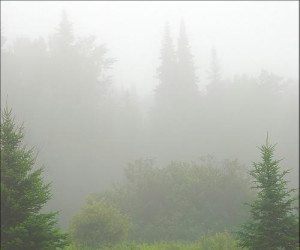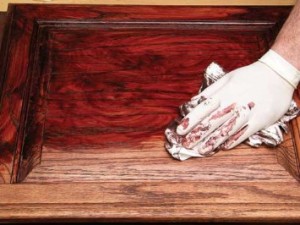During the summer months with high humidity in the air, it is very important to be aware and protect your products. Finishing wood with humidity can lead to blushing, which leaves moisture under the surface of the film. Not only does this leave a very undesirable appearance, but will ultimately cost you time and labor when reworked!
This can all be prevented by adding an additional 3-5% of a blush retarder. By choosing the correct retarder, you can virtually eliminate your blush. In most cases, this will eliminate not only the blush but your headache too!






 There are a few things that you have to keep in mind when sanding. You should never sand against the grain. That can lead to sand scratches and ruin the look of the product. Different pieces of wood require different grits of sandpaper. A piece of cherry might need a 180 grit, while a piece of oak might require 120-150 grit. There are also solids and veneers. Veneers will take stain differently than solids will. Keep this in mind when sanding.
There are a few things that you have to keep in mind when sanding. You should never sand against the grain. That can lead to sand scratches and ruin the look of the product. Different pieces of wood require different grits of sandpaper. A piece of cherry might need a 180 grit, while a piece of oak might require 120-150 grit. There are also solids and veneers. Veneers will take stain differently than solids will. Keep this in mind when sanding.